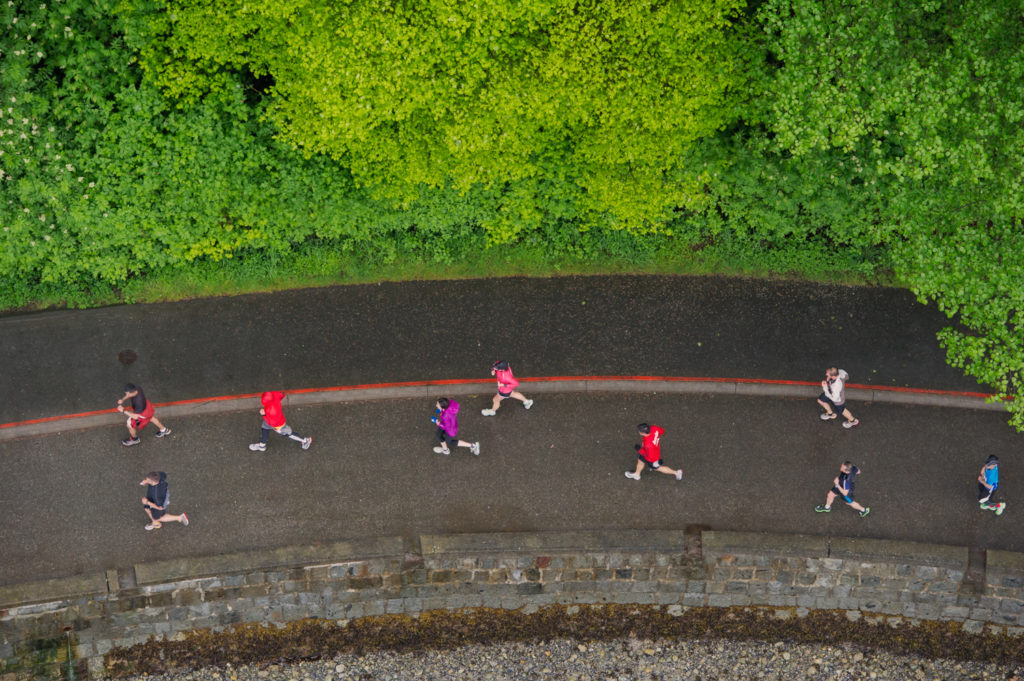A new runner’s guide to cross-training
Running may be your primary sport, but that doesn't mean you shouldn't do others

If you’re new to running, you’ve probably read about or heard other runners talking about cross-training, and you might wonder why it’s necessary. You’re a runner, after all, so why should you swim, cycle or do any other sport? We spoke with Lee McCarron, founder and coach of the Halifax Road Hammers, who took the time to talk about cross-training, explain why it’s useful and offer several options runners can consider trying.

Cross-training is a good option for any runner to add to his or her weekly schedule, but McCarron says it’s especially helpful for people who get hurt often. “If there’s anyone who’s a little injury-prone and feeling like they’re on the cusp of an injury all the time, then a no-impact sport is a great alternative to running,” he says.
RELATED: Running is the new cross-training
McCarron points to swimming, which is a popular option among many runners. “Swimming can be done indoors all year,” he says, adding that pool running is a great activity, too. “It really depends on how much you can handle mentally. Swimming and pool running can be very mentally draining.”
There are a few ways to spice up your workouts in the pool, McCarron says. If you choose pool running, you can do a workout (30 seconds on, 30 seconds off, for example), which will help pass the time while also allowing you to mix in some hard efforts. “Since you’re in the water, it’s a great way to get in aerobic work with no impact. “If you opt to swim instead, McCarron says switching up your strokes will help combat boredom after you lose count of your laps.

Don’t worry if pool work isn’t your thing, because there are plenty of other cross-training options out there, including cycling, which is another favourite of runners. “Cycling’s great because it can also be done year-round, as long as you have the right equipment,” he says. “And like swimming, there’s no impact with cycling, so you get your aerobic work without the risk of getting injured.”
RELATED: Are you experiencing a COVID-related injury?
McCarron mentions several other cross-training options, including hiking, the elliptical and regular strength training. “Cross-training doesn’t have to just be aerobic activities,” he says. “If you enjoy the gym and bootcamps, go do a class once gyms reopen, or find one on YouTube. Those are really good for functional strength.”

The key, McCarron says, is variety. You don’t have to stick with one sport for all of your cross-training sessions. If you do that, you might tire of whichever sport you choose, and you’ll soon begin to dread your cross-training days. “Variety is the key to keeping people engaged and excited. If they’re loving the pool for a while, stick with it. If they can’t get enough cycling, keep doing that.”
While McCarron notes that cross-training is most helpful for athletes dealing with injuries, he says he believes all runners should incorporate it into their weekly schedule. “One day a week is awesome, and you can go for two if you can’t handle big mileage,” he says. “Five days of running, one day of cross-training and one pure rest day is the sweet spot for a runner’s schedule.”
RELATED: Assessing equivalency: how long do I need to cross-train for?


